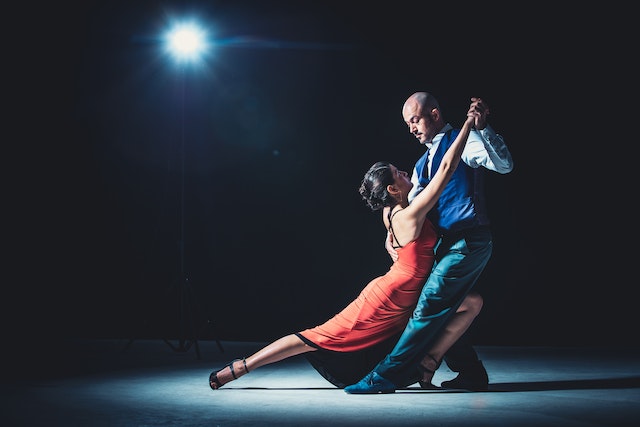The world of theater acting is a captivating and challenging realm that requires dedication, skill, and a deep understanding of various techniques to bring characters to life on stage. Whether you’re a seasoned actor looking to refine your craft or a newcomer eager to learn the ropes, mastering theater acting techniques is essential for delivering compelling performances.
In this comprehensive guide, we will explore some of the top theater acting techniques that can help you elevate your stage presence and connect with audiences on a deeper level.
Stanislavski Method
Developed by Russian actor and director Konstantin Stanislavski, this technique focuses on emotional authenticity and psychological realism. Actors using this method delve deep into their characters’ motivations, emotions, and backstories to create a genuine and believable performance.
Meisner Technique
Created by American actor and acting teacher Sanford Meisner, this technique emphasizes living truthfully under imaginary circumstances. It encourages actors to be fully present in the moment, listen and respond truthfully to their scene partners, and allow emotions to naturally arise from the given circumstances.
Method Acting
Popularized by actors like Marlon Brando and Robert De Niro, method acting involves drawing from personal experiences and emotions to bring authenticity to a character. Actors using this technique immerse themselves in the character’s world, often staying in character even off-stage to maintain the emotional truth of their portrayal.
Viewpoints
Developed by choreographer Mary Overlie and later adapted for theater by Anne Bogart, Viewpoints is a movement-based technique that focuses on the physicality and spatial relationships of actors on stage. By exploring elements like tempo, shape, gesture, and repetition, actors can create dynamic and visually engaging performances.
Physical Acting
Physical acting techniques, such as those used in Commedia dell’arte or clowning, emphasize the expressive potential of the body in conveying emotions and storytelling. Actors learn to use their bodies to communicate character traits, emotions, and narrative arcs, often through exaggerated movements and gestures.
Voice and Speech
Effective vocal techniques are crucial for theater actors to project their voices, articulate clearly, and convey the emotional nuances of their characters. Training in voice and speech helps actors develop vocal resonance, control, and flexibility, enabling them to deliver powerful and engaging performances.
Improvisation
Improvisational techniques can enhance actors’ spontaneity, creativity, and ability to think on their feet during performances. Improv exercises help actors sharpen their listening skills, explore new character choices, and adapt to unexpected situations on stage with confidence.
Character Development
Creating complex and multidimensional characters is a fundamental aspect of theater acting. Actors use various techniques, such as character analysis, backstory exploration, and physical embodiment, to fully understand and embody their characters’ motivations, desires, and conflicts.
Emotional Preparation
To effectively portray a wide range of emotions on stage, actors must develop techniques for emotional preparation and access. This may involve drawing from personal experiences, sensory memory, or imaginative exercises to evoke authentic emotional responses in performance.
Collaboration and Ensemble Work
Theater is a collaborative art form that relies on teamwork, trust, and ensemble cohesion to create cohesive and impactful productions. Actors must cultivate skills in listening, cooperation, and ensemble building to work effectively with directors, fellow actors, and production teams.
Conclusion
By incorporating these top theater acting techniques into your training and practice, you can enhance your skills, deepen your performances, and captivate audiences with your compelling portrayals on stage.
Whether you’re exploring the depths of a character’s psyche through the Stanislavski Method or embracing the physicality of a role through Viewpoints, mastering these techniques will empower you to excel in the dynamic and challenging world of theater acting.
Key Takeaways:
- Mastering theater acting techniques is essential for delivering compelling performances on stage.
- Techniques such as the Stanislavski Method, Meisner Technique, and Method Acting focus on emotional authenticity and character depth.
- Movement-based techniques like Viewpoints and physical acting enhance the physicality and expressiveness of actors.
- Vocal training in voice and speech is crucial for projecting emotions and engaging with audiences effectively.
- Improvisation, character development, and emotional preparation are key skills for creating authentic and dynamic performances.
- Collaboration and ensemble work are essential for creating cohesive and impactful productions in the world of theater.
To further enhance your theater acting skills and knowledge, consider exploring the online course and certificate program offered by Yellowbrick. These resources can provide valuable insights, practical training, and guidance to help you excel in the dynamic and challenging realm of theater acting.








